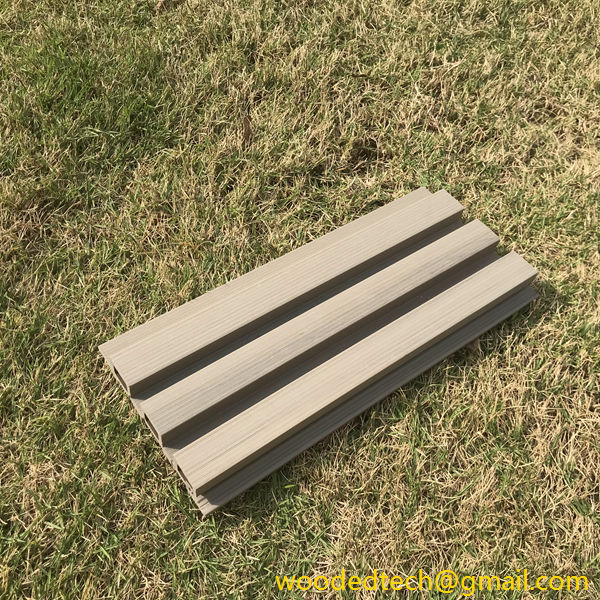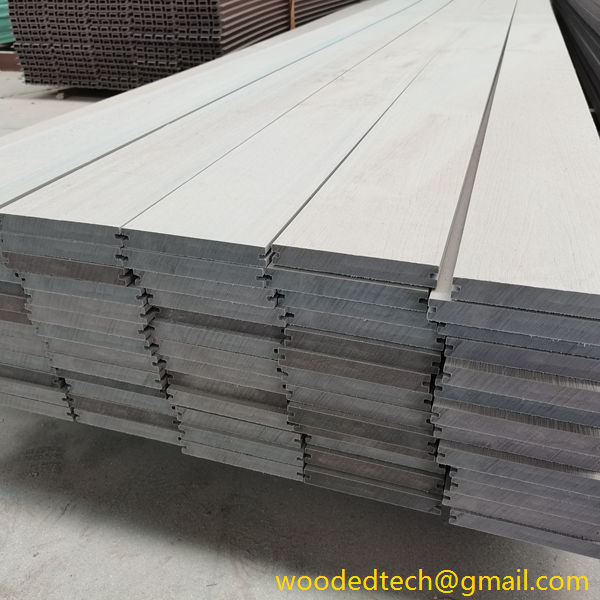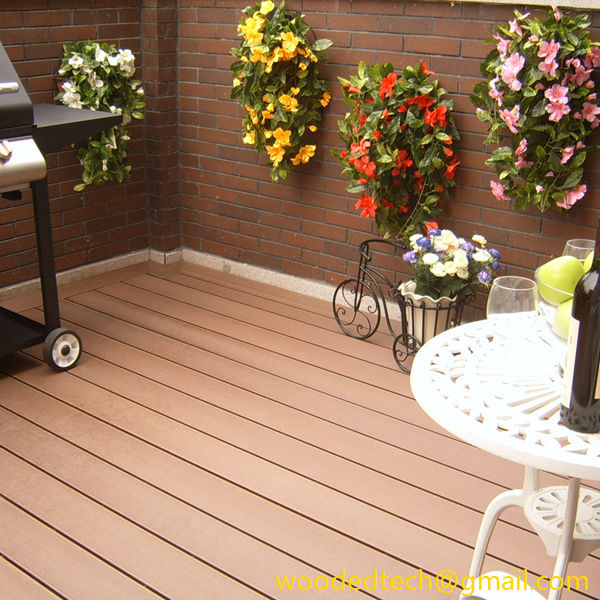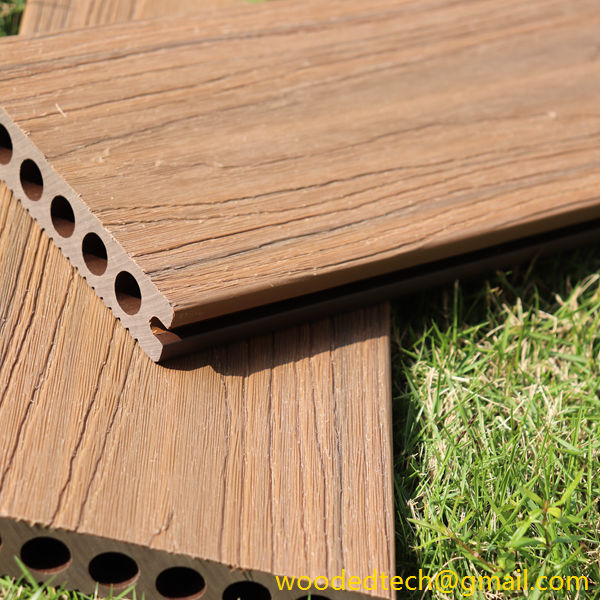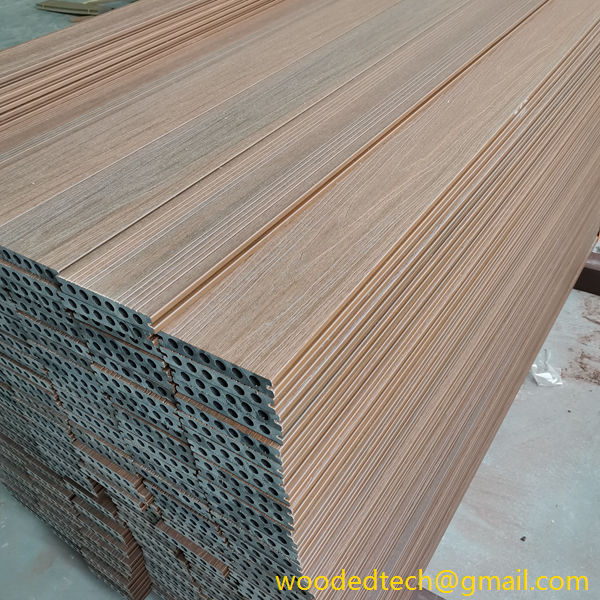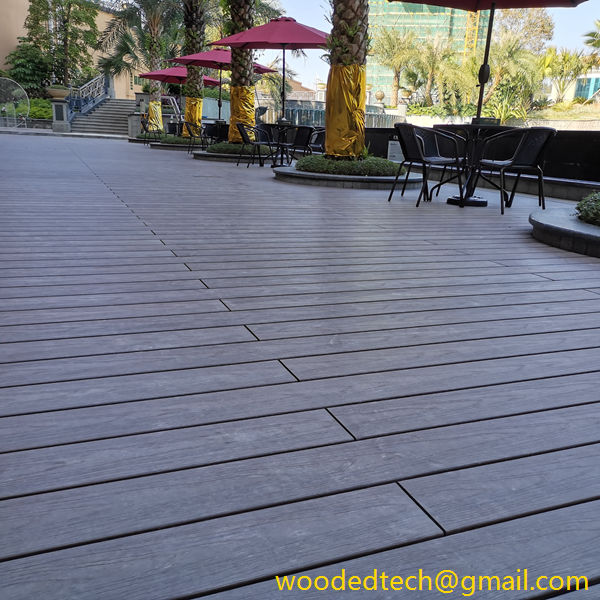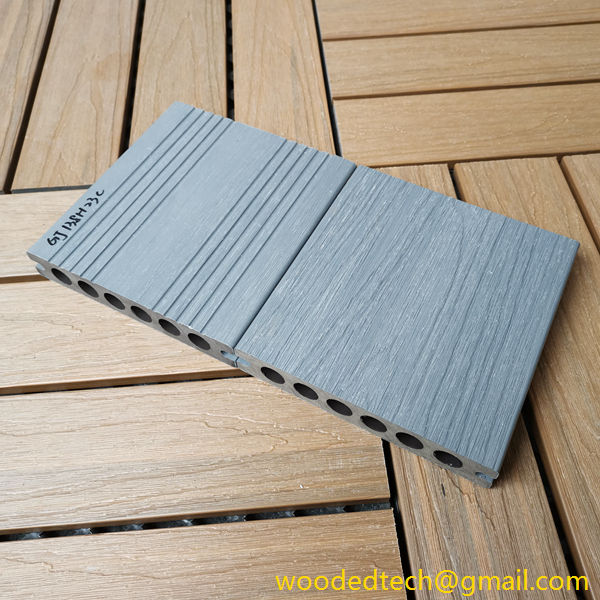木塑覆层设计:时尚木塑覆层解决方案的创新设计理念
木塑包层设计:时尚木塑覆层解决方案的创新设计理念 木塑(即木塑复合材料)覆层已成为住宅和商业建筑的热门选择。这种创新材料兼具天然木材的美感和合成材料的耐用性。随着设计趋势不断...
木塑覆层设计:时尚木塑覆层解决方案的创新设计理念
WPC, or Wood Plastic Composite, cladding has emerged as a popular choice for both residential and commercial buildings. This innovative material combines the best of both worlds: the aesthetic appeal of natural wood and the durability of synthetic materials. As design trends continue to evolve, WPC cladding has gained traction due to its easy installation, low maintenance, and eco-friendly properties. In this article, we will explore various design ideas that can elevate your space with stylish WPC cladding solutions while highlighting the ease of installation that makes it an attractive option for builders and homeowners alike.
One of the most significant advantages of WPC cladding is its straightforward installation process. Unlike traditional wood cladding, which often requires complex cutting and extensive finishing work, WPC cladding panels are typically designed for quick assembly. Many products come with interlocking systems or tongue-and-groove designs that allow for seamless connection between panels. This means that even individuals with minimal construction experience can achieve professional-looking results with relative ease.
When considering WPC cladding design, one must think about the aesthetic preferences that will complement the overall architecture of the building. A popular trend is to use a combination of horizontal and vertical cladding. This dynamic approach can create depth and visual interest, breaking the monotony of traditional flat surfaces. Installing horizontal panels on one section of a building while using vertical panels on another can create a striking contrast, allowing for unique architectural expression. The ease of installation for WPC materials means that these design choices can be executed without excessive labor costs or time delays.
Another innovative design idea is to incorporate different textures and finishes within the same cladding system. WPC cladding is available in a variety of finishes, from smooth and polished to rough and rustic. By mixing and matching these finishes, you can create a visually stimulating façade that tells a story. For example, using a smooth finish on the upper portion of a wall and a textured finish on the lower portion can provide an intriguing contrast that draws the eye. This layered approach not only enhances the visual appeal but also showcases the versatility of WPC as a material.
Color plays a crucial role in the design of WPC cladding. Traditional wood cladding often comes in limited colors due to the natural grain and stains of the wood. However, WPC cladding is available in a wide range of colors, allowing for greater customization. Whether you prefer a classic wood look or a bold contemporary hue, WPC can be tailored to meet your design vision. When choosing colors, consider the surrounding environment, as well as the architectural style of the building. Neutral tones can create a harmonious blend with natural surroundings, while vibrant colors can make a bold statement.
In addition to its aesthetic versatility, WPC cladding is an environmentally friendly choice. Many manufacturers produce WPC using recycled materials, which significantly reduces the environmental impact compared to traditional wood options. This sustainability factor is increasingly important to consumers today, making WPC an attractive option for eco-conscious builders and homeowners. Furthermore, the ease of installation means that less material is wasted during the construction process, adding to its eco-friendly profile.
For those looking to take their WPC cladding design to the next level, consider integrating lighting features into the design. Backlighting or accent lighting can highlight the texture and color of the cladding, creating a stunning visual effect during the evening hours. This not only enhances the building’s aesthetics but also improves safety and security by illuminating pathways and entry points. The installation of lighting can be seamlessly integrated with WPC cladding, allowing for a cohesive design that maximizes both function and style.
Another innovative approach is to incorporate WPC cladding into outdoor spaces. Using WPC for decking, fencing, and pergolas creates a unified look that extends the interior design of a home into the exterior environment. The durability of WPC makes it an ideal choice for outdoor applications, as it can withstand the elements without fading or deteriorating. The ease of installation means that homeowners can easily create inviting outdoor living areas that are both stylish and functional.
As you explore design ideas for WPC cladding, it is essential to consider the spatial context. For instance, if you are working with a smaller structure, opting for lighter colors and vertical panels can create an illusion of height and space. Conversely, darker colors and horizontal panels can add warmth and a cozy feel to larger buildings. Understanding how design choices impact perception can significantly enhance the overall effect of WPC cladding.
In conclusion, WPC cladding presents a world of design possibilities that cater to a variety of tastes and preferences. Its easy installation process makes it an appealing option for both DIY enthusiasts and professional builders. By experimenting with different textures, colors, and architectural techniques, WPC cladding can transform any space into a stylish and modern environment. With its durability, low maintenance needs, and eco-friendly attributes, WPC cladding is not just a practical building material but also a canvas for creativity and innovation. Whether you are renovating an existing structure or embarking on a new construction project, consider the stylish WPC cladding solutions available to you. They are sure to enhance your space and provide long-lasting beauty for years to come.

